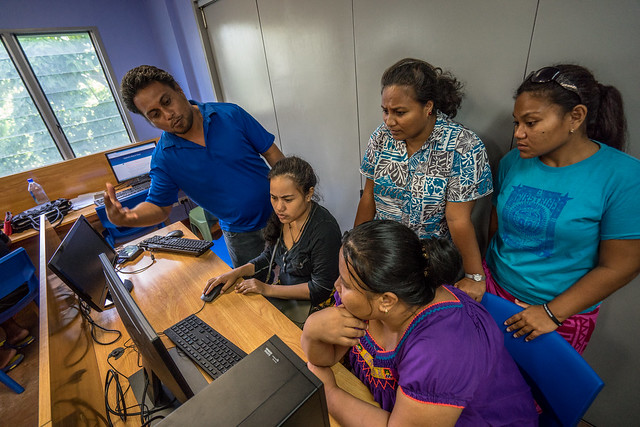8 Facts About Education in Tonga

The Kingdom of Tonga is located in the Pacific Ocean and has a population of approximately 109,008. Despite its small size, the country has made continuous improvements to its educational system. Keep reading to learn the top eight facts about education in Tonga.
8 Facts About Education in Tonga
- A Colonial Past – The school system that currently exists in Tonga was first established by Wesleyan missionaries in 1826. The primary language of the country is Tongan, a dialect of Polynesian, but English is also spoken as a secondary language and is taught as such in schools.
- Compulsory Education – Since 1876, the first eight years of education in Tonga has been compulsory for all Tongan children beginning at age 6. Tonga has divided its education system to include six years at the primary level, three at the junior and three at the senior secondary level.
- Free Education – Primary and secondary schools for students from ages 6 to 14 attend government-sponsored schools for free. In 2004, 3.91 percent of Tonga’s GDP was allotted to spending on education in Tonga. This is a decrease from 5.59 percent in 1998.
- High Literacy Rates – The efforts of the Tongan government to create a strong base of literacy within the country has been widely successful. In 1996, the adult literacy rate of Tonga was 98.5 percent. That number has now risen to 99.0 percent in 2018, making Tonga one of the leaders of adult literacy of the nations in the Pacific.
- Girls’ Education – In 2015, girls were enrolled at higher rates than boys at all three levels of education. Enrollment in primary school was at 94 percent for girls and 92 percent for boys in 2015. This number dropped roughly 10 percentage points for each gender going into lower secondary schools.
- Ministry of Education – The Ministry of Education works to create and maintain a system of strong education in Tonga. The Ministry manages all of the government schools in the country at all education levels and ensures that the private schools within the country adhere to the national standards of education. There are two main exams that the Ministry of Education administers to all students. The first is the Tonga School Certificate. This exam is taken by students at the end of their fifth year while they are in secondary school. The second major state exam is the Pacific Senior Secondary Certificate, which is taken by students at the end of secondary schooling. Both exams serve as a measure of the thoroughness of a student’s education. The exams are administered in English, though they do emphasize knowledge of Tongan culture.
- Brain Drain – Following the conclusion of their secondary school education, many young scholars from Tonga seek their tertiary education abroad at universities in Australia or New Zealand. Upon completion of their degrees at university, most Tongan scholars remain in Australia or New Zealand to live and work and do not return to their homes in Tonga. In 2018, approximately 25 percent of those who furthered their education within Tonga now exist below the poverty line.
- Plan for Educational Improvement – Beginning in 2003, Tonga began a project for educational reform that focuses on providing access to a strong education for all Tongans. The Tonga Education Support Program (TESP) has two tiers. TESP I aims to improve equitable access to education up to Year 8, to improve education past primary school and to improve the administration of Tongan schools. TESP II aims to maximize the amount of learning that students can find within Tongan schools, to increase the teaching abilities of teachers and to improve educational facilities. The Tongan government has received financial contributions from Australia and New Zealand to do so.
– Anne Pietrow
Photo: Flickr
